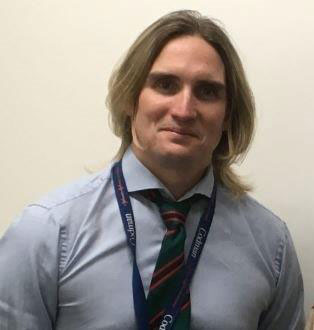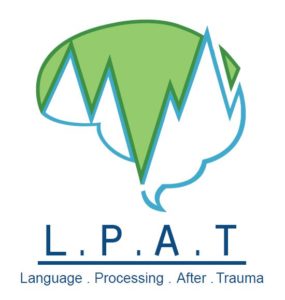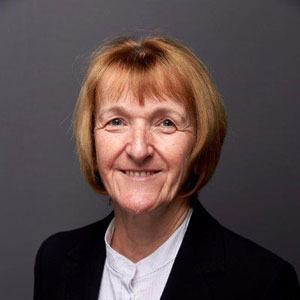
Birmingham researchers develop new device for head injury patients


A team of researchers at the NIHR Surgical Reconstruction and Microbiology Research Centre (SRMRC) have developed a device that could improve the recovery of and treatment for patients who have suffered significant brain injury.
Patients with head injuries lose many cells in their brain in the hours and days immediately following their injury. Laboratory studies have suggested that some of these cells can be saved through the use of infra-red light, which has the potential to be the first effective primary treatment for traumatic brain injuries.
Dave Davies, clinical lecturer in neurosurgery, said: “My colleagues and I have been working on a new technology to deliver light directly into the brain and spine to help as many cells survive as possible after a head injury.
“Our research so far shown that shining a light for one minute a day for 5 days has a significant effect on reducing cell loss, with an increase in surviving cells of up to 30%.’
“So far we have a device prototype that has been tested in cadavers and established models.
“We’re now looking to continue our research and develop a device that works in patients, and we hope to see patients benefiting from this within the next 5 years.”
The patented device, currently called “Birmingham Discovery – Red Diamond”, is the only patient treatment for TBI being developed across Europe.
To increase its effectiveness, the device would be temporarily implanted into patients while they are in hospital alongside monitors which are used routinely for TBI patients.
Currently there are no treatments that reduce the loss of brain cells following a TBI, with current care focused on reducing the effects of secondary brain injuries and improving the symptoms patients experience.
The SRMRC, based at the Queen Elizabeth Hospital Birmingham (QEHB), is funded by the NIHR, the Ministry of Defence, the University of Birmingham and University Hospitals Birmingham NHS Foundation Trust (which runs QEHB).
The team are now seeking funding to develop a prototype that could be used in clinical trials, which it is hoped will begin recruitment by 2025.





